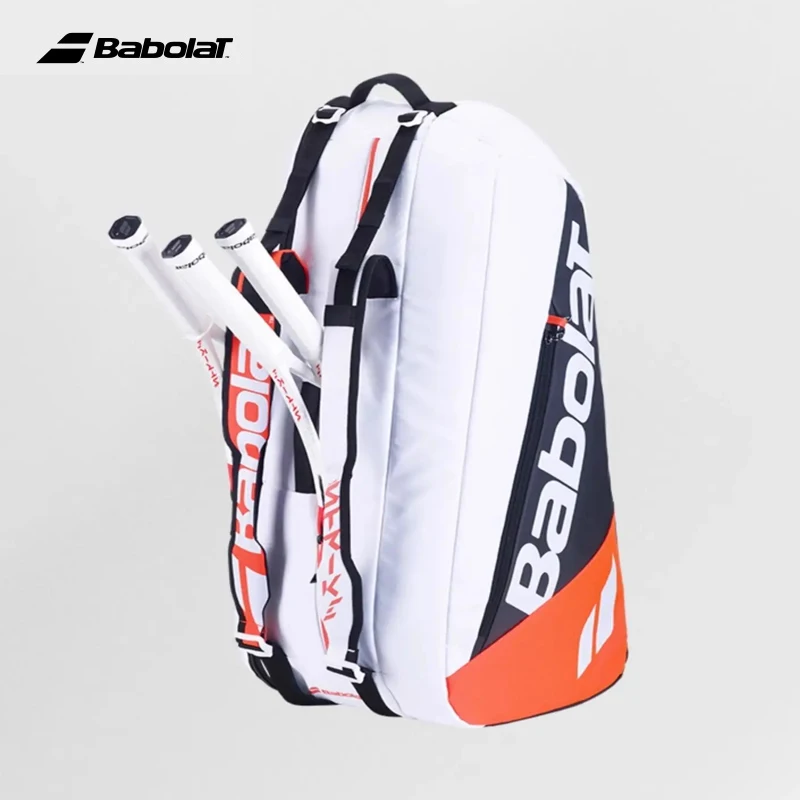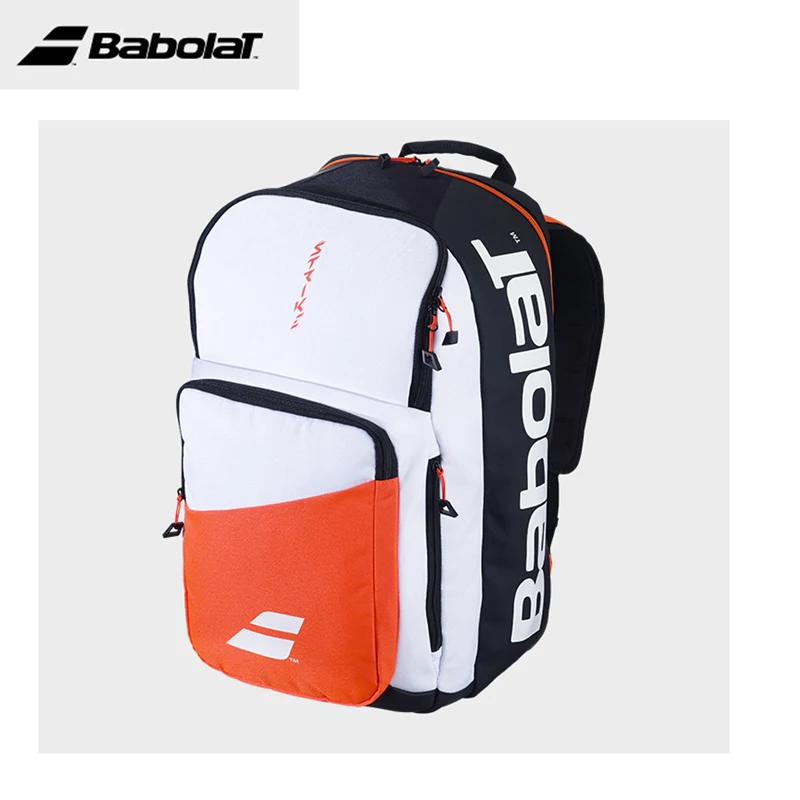What Muscle Groups Are Most Used by Figure Skaters?
Figure skating is a demanding sport that requires athletes to have a high level of strength, power, and flexibility. The following muscle groups are heavily utilized and strengthened through the movements of skating:
Lower Body: - Quadriceps (front of thighs): Used for jumps, landings, and skating speed. - Hamstrings (back of thighs): Assist in hip extension and knee flexion during jumps and landings. - Calves (lower legs): Responsible for plantarflexion (pointing the toes) and ankle stability. - Glutes (buttocks): Provide power and stability for jumps, turns, and skating.
Upper Body: - Shoulders (deltoids): Used for arm movements, including push-offs and spins. - Biceps (front of arms): Assist in pulling movements, such as jumping and spinning. - Triceps (back of arms): Extend the elbow joint during push-offs and spins. - Forearms: Strengthened through grip and control of the skates.
Core: - Abdominals: Stabilize the body during rotational movements and provide power for jumps. - Back muscles: Support the spine and assist in body control.
Related Questions:
- What exercises are most effective for building strength in figure skaters?
- Plyometrics, core exercises, and resistance training.
- How often should figure skaters train their muscles?
- Regularly, at least 2-3 times per week.
- Are flexibility exercises important for figure skaters?
- Yes, to improve range of motion and prevent injuries.
- What nutrition strategies can support muscle recovery?
- Consuming protein and carbohydrates within 60 minutes after training.
- How can strength training improve figure skating performance?
- By increasing power, speed, and stability.
Related Hot Sale Products:
- Nike Air Zoom Alphafly NEXT% Flyknit Running Shoes
- Lululemon Align™ High-Rise Pant 28"
- Fitbit Versa 3 Smartwatch
- Bowflex Xtreme 2 SE Home Gym
- Theragun Elite Percussive Therapy Device
Pre:What do I need to wear for ice skating
Next:What is like ice skating on a frozen lake



















